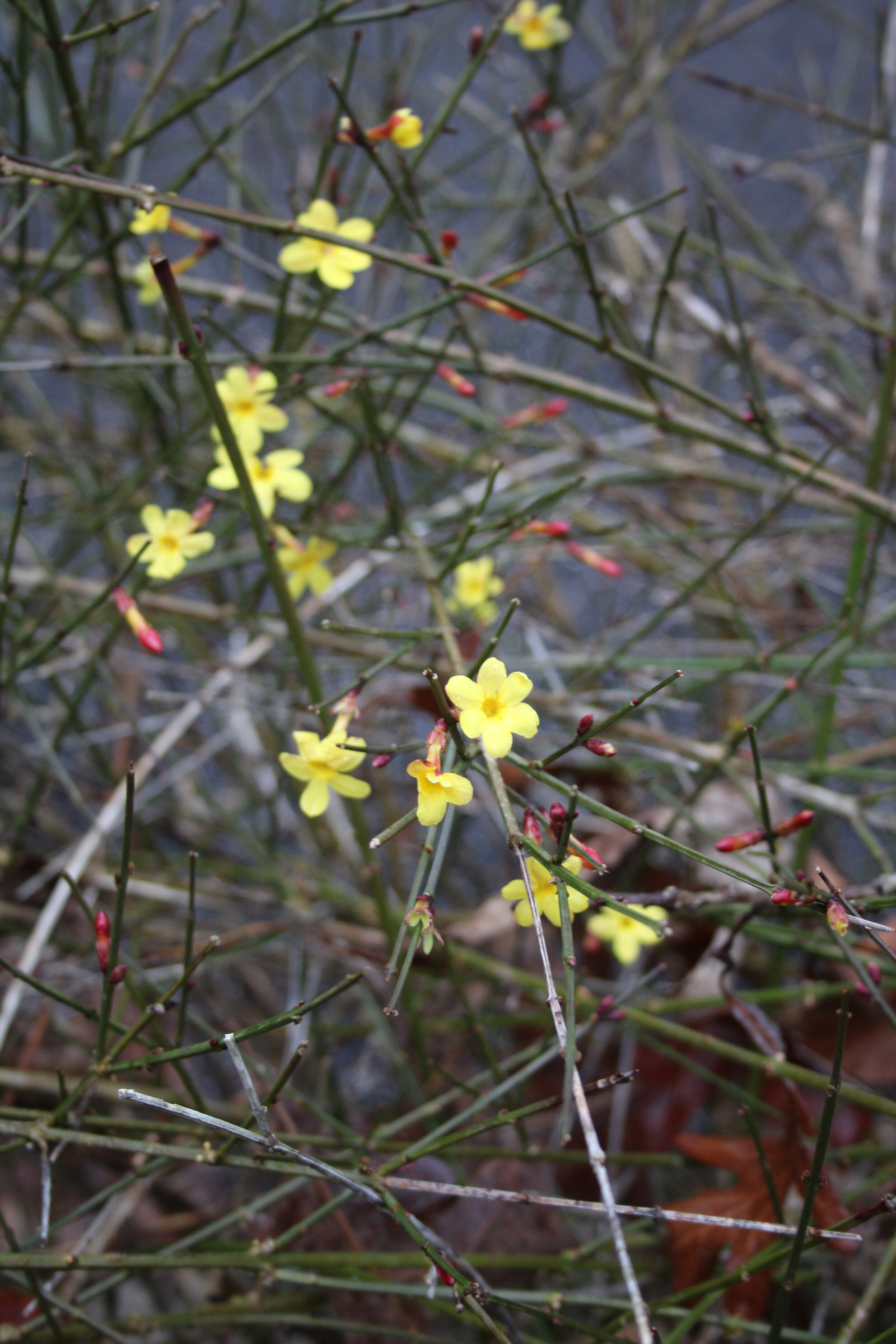Modern Abelia cultivars are a vast improvement over the version that was common in every garden several decades ago. Those evergreen or semi-evergreen shrubs grew to heights of six feet or more and threw unruly sprouts that reached for the sky, creating an unkempt appearance. There was a pair of them planted either side of the rear entrance of a local church. Their whippy tentacles waved around like something from The Little Shop of Horrors. You could almost hear them whisper, “Repent!” But I digress.
Glossy Abelia of yesteryear (Linnaea x grandiflora, pronounced LIN-ay-ee-uh gran-duh-FLOR-uh, formerly known as Abelia x grandiflora) was appreciated for its tolerance to heat, drought, humidity, and poor soil. New growth was a bronzy pink, and honeybees swarmed over their nectar-rich tubular pink and white blooms. Unfortunately, to keep them in check, homeowners regularly pruned their arching stems into ugly, tight meatballs.
Current Abelia cultivars have two advantages over the older generations. First, many are available in mature sizes of four feet or less, making them ideal for foundation plantings. ‘Edward Goucher,’ ‘Rose Creek,’ and ‘Little Richard’ are all dwarfs, reaching heights of 36 inches or less. Second, there is a entire rainbow of foliage colors available. ‘Kaleidoscope’ has multicolored foliage with yellow leaves in spring and orange-red in fall. ‘Sunrise’ has green, yellow and white variegated foliage. ‘Confetti’ has pink, green and white foliage (a real stunner, in my opinion).
Abelia is hardy in zones 5-9. It prefers well-drained soil, acidic to neutral, and will accept some drought once established. The bell-shaped pink, rose, white, or lavender flowers attract bees, butterflies, and hummingbirds. Flowers open over several weeks in summer, but may appear sporadically at any time. Shrubs are rarely bothered by deer and resist damage from pollution, drought, or salt.
In upstate South Carolina, this ‘Kaleidoscope’ Abelia has scattered blooms on the last day of November . The foliage is yellow, green, orange, and pink.
Same shrub as above. From a distance, the color reads as green and salmon.
Abelia ‘Rose Creek’
Image by Jan Haerer from Pixabay







